How to use infusion of onion husks for feeding seedlings?
Onions are very useful and in demand on their own: they are eaten with pleasure in raw, fried and boiled form, they are treated for various ailments. Its casing is usually used as a natural dye. However, this is not all that can be said about the bow. Onion peel is an irreplaceable universal remedy for plants in the garden and apartment. Why can onion waste be useful in the country and at home, how to prepare and use onion infusion and broth? Let's talk about this in more detail.
On the benefits of onion peel
- It is a natural product. He cannot harm the plants.
- The husk is full of minerals and vitamins and is healthier than the onion itself.
- It doesn't cost money like other fertilizers and insecticides.
- It is easy to find, because it is always at hand with every housewife.
- The decoction and infusion are easy to prepare, they are easy to use.
- It is not necessary to apply protection for hands and other parts of the body when working with the solution, as it is non-toxic.
- Universal application.
A few words about the application
- Top dressing. Are the plants weakened, have lost their healthy appearance, wither, develop poorly? Onion skins will come to the rescue. She will revive indoor and garden crops. It will also strengthen and heal young seedlings well.
- Soil disinfection... Before planting seedlings, the land must be disinfected (especially if it is taken from the garden). Onion peels are ideal to kill the larvae of dangerous pests, as well as the spores of pathogens.
- If the plant could not be protected from harmful insects or it got sick, a decoction of onion waste will help it.
- After planting flower seedlings or vegetable crops, frost struck? You can restore the vitality of the affected plants with an infusion from onion shells.
In what form should onion peels be used?
- Broth.
- Infusion.
- Onion waste in its pure form.
Decoctions and infusions are used for watering and spraying. The dried husk is placed in the soil in its pure form to improve the quality of the soil.
Onion peel for seedlings
The rich content of nutrients in the so-called onion waste for plants is just a godsend. What exactly does it contain?
- Carotene, which is abundant in carrots. Onion peel also contains this component. What does it give to plants? This substance has antioxidant properties. It is necessary for weakened and damaged seedlings to regain their strength. Flowers grown on the balconies of large cities, where the air is heavily polluted by exhaust gases, also need carotene. Garden crops (tomato, cabbage, potatoes, etc.), absorbing this element, strengthen their immunity.
- Phytoncides are components that accumulate in large quantities in the onion shell. They destroy harmful bacteria, fungus, and some types of microorganisms in the soil layer. For seedlings, these elements are useful in that they prevent the development of "black leg" (fungal disease). The tomato often suffers from this. To use phytoncides with maximum effect, onion husks must be soaked with water to prepare the infusion.
- Vitamin complex of group B. It is present in large volumes in onions and their shells. The use of onion peelings as a top dressing in the form of an infusion will saturate the sprouts of young seedlings with useful nutrients. They grow faster, the leaves get stronger, the stems become thicker. In the future, seedlings will yield earlier crops, and the roots of mature plants will not rot.
- Vitamin group PP. The set of these vitamins is known by another name: niacin.A small dose of such microelements has a beneficial effect on the development of any type of plant crops, from planting them to the ripening of fruits. If plants suffer from lack of light, nicotinamide will come in handy. This substance will strengthen the root system, it is especially good for crops growing on clay soils.
Advice
Use as a top dressing for peeling red onions. It contains a large amount of quercetin. It is very useful for young seedlings: it will strengthen the immune system, heal a diseased sprout, and accelerate growth.
More about applications
- Decoction
It is very simple to prepare the broth. Take a few handfuls of onion peels, mix with water in an enamel bucket and boil. Then let it brew, wait until it cools down. The prepared product is filtered and diluted to the desired condition.
You can make a small amount of the decoction. Two liters of hot boiling water are taken into a glass of onion peelings.
Garden plants such as cucumber, carrot, tomato are watered up to three times at one week intervals. Can be sprayed. This will destroy harmful microorganisms in the soil and enrich it with useful elements.
To process the soil where the seedlings will grow, you need to water or spray it several times. The broth should be strong enough. So you will disinfect the planting site of future plants. By treating the seedlings, you will increase their protective properties.
Fighting blackleg is also possible with onion peels. Seedlings are susceptible to this disease (especially tomato). Preventive measures: watering the soil with seedlings once every seven days with a decoction of onion skins.
- Infusion
How to cook? Seal the onion skins well, fill two glasses. Pour all this with boiling water in a volume of two liters. They insist for two days, filter. The prepared product is diluted as needed.
We fertilize tomato seedlings. The concentrated infusion must be diluted: take one part of the infusion and three parts of water. Feed the seedlings two to three days after planting. Can be used if a young tomato looks sluggish and its leaves begin to turn yellow.
To defeat rot and fungus, it is necessary to water the roots of young plants.
When fighting pests in the garden, twice a season of growth and ripening of seedlings, it is necessary to treat them with infusion by spraying.
You can dilute the infusion in the proportion: one part of the infusion and two parts of water. Add a little laundry soap there: take 1 liter of solution for 2 g. Such a remedy will destroy harmful insects such as aphids, ticks, thrips. Three liters of this infusion can be equated to several tens of liters of toxic insecticides.
Advice
Do not store broths and infusions for a long time. The liquid can go bad and smell. With such a means, you will only harm the plants.
- Husk in pure form
It is fertilized with it before the seedlings are planted. Apply husk at the rate of three liters per square meter of soil. The soil is dug up together with the added top dressing.
Onion peelings are sometimes scattered around the greenhouse to deter pests.
You can sprinkle the soil in a container with seedlings with onion shells. What happens when you water the seedlings? Penetrating through the husk, water will saturate the soil with useful substances.
Advice
Not all houseplants love onion peels. For example, in the case of cactus, ficuses, aloe such feeding will not give anything, and in some cases it can be harmful (plants slow down in growth).
Before spending money on expensive and toxic plant nutrition or garden pest control, take a look around. You may have an affordable, free, easy-to-use and equally effective tool at your fingertips.
A good owner will never throw away such a natural and healthy product as onion peel. Our ancestors knew about the benefits of this natural component.Use the wisdom accumulated over the years and you will not regret it.
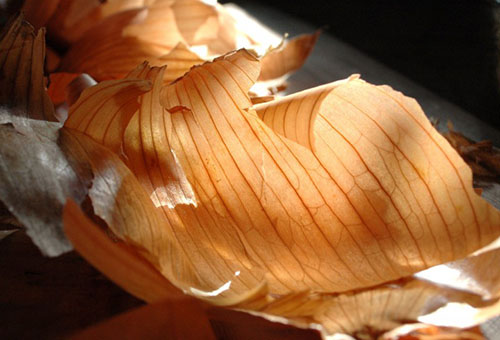
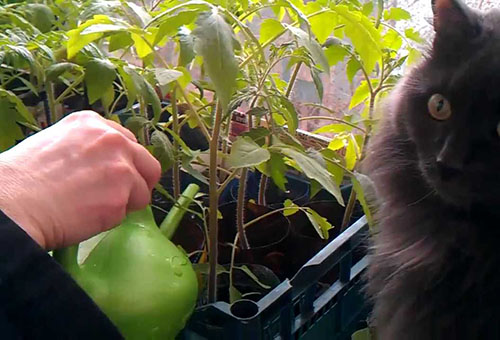
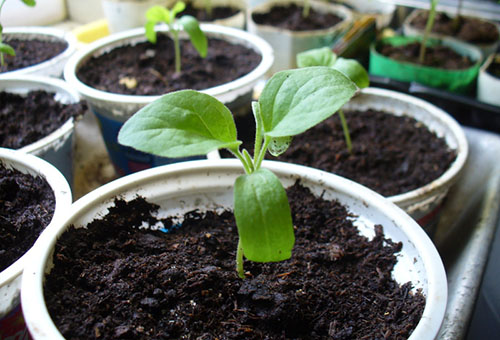
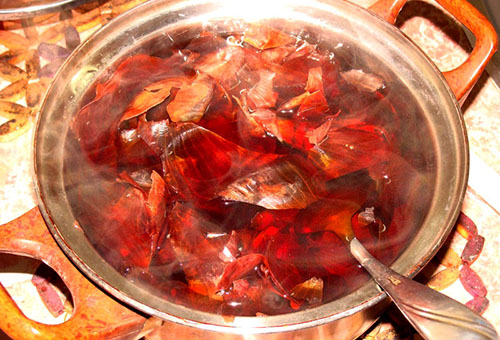
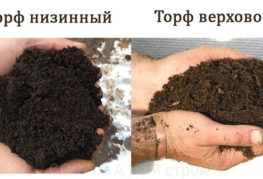

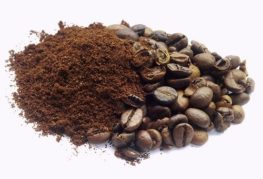
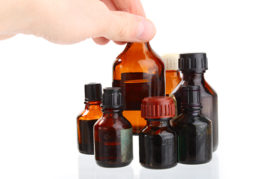
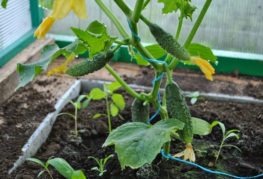
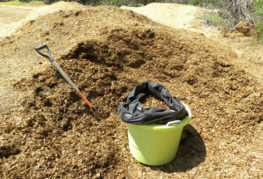
and will be published shortly.